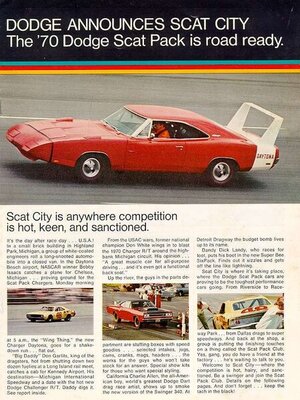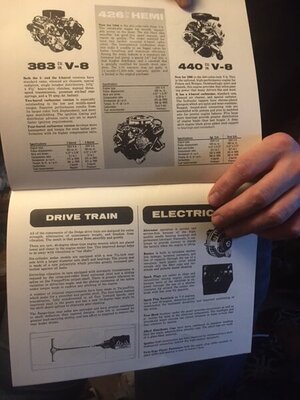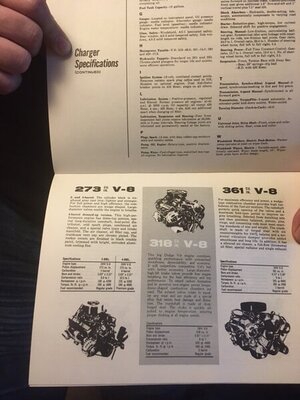Bad B-rad
Well-Known Member
I am just passing on info from the Paul Heard book.
This is a very good book, but it has been out of print for a bit, and so it goes for like 2 times its cover price on e-bay.
I think this book should be re printed as an up-dated version, as it is FULL OF GREAT INFO, but I have found a few errors in it, hey we all make mistakes, right!
Plus it would help put this info in a lot of peoples hands and I am sure there are a things that were not available to him in 1994 that we have now.
I find it funny, he states that in 1968-1970 factory workers MAY have possibly painted an engine the wrong color, but that this could NOT have happened in 1971, and that it could have happened with 383 4bbl, but NOT 440 4bbls.
I think it is safe to say it may be LESS likely to have happened in 1971, but not that it COULD NOT HAVE HAPPENED, LOL!
This is a very good book, but it has been out of print for a bit, and so it goes for like 2 times its cover price on e-bay.
I think this book should be re printed as an up-dated version, as it is FULL OF GREAT INFO, but I have found a few errors in it, hey we all make mistakes, right!
Plus it would help put this info in a lot of peoples hands and I am sure there are a things that were not available to him in 1994 that we have now.
I find it funny, he states that in 1968-1970 factory workers MAY have possibly painted an engine the wrong color, but that this could NOT have happened in 1971, and that it could have happened with 383 4bbl, but NOT 440 4bbls.
I think it is safe to say it may be LESS likely to have happened in 1971, but not that it COULD NOT HAVE HAPPENED, LOL!




















